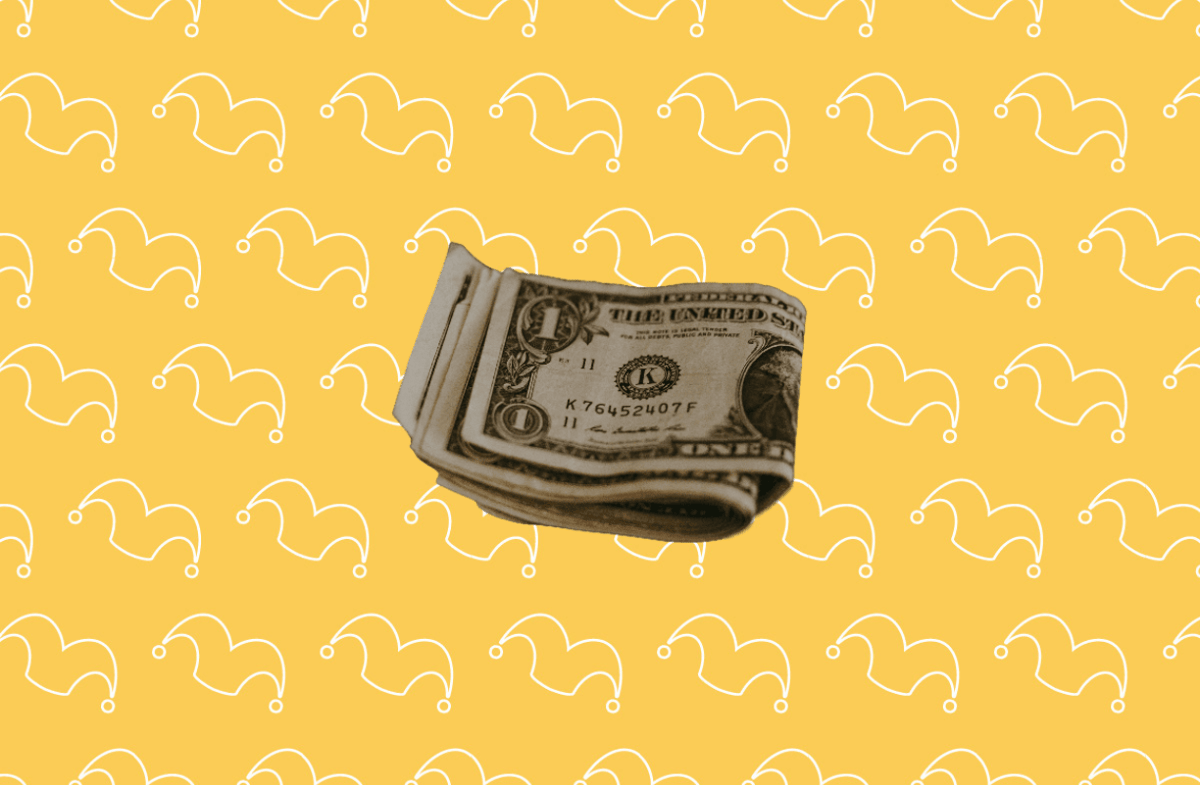The recent Federal Reserve rate cut of 0.50% has been big news in the financial world — but what should you do with your money now? Many people might feel tempted to make big money moves now that interest rates are 0.50% lower. Should you open a certificate of deposit (CD), move cash out of your savings account, apply for a mortgage, or buy stocks?
Here’s the biggest money move you should make after this (or any) interest rate cut: Stay the course. That’s right — stick to your plan. Don’t make any big sudden moves with your money.
Let’s look at a few reasons why the immediate aftermath of a Fed rate cut might not be the best time to make big changes in your personal finances.
Savings accounts vs. CDs — how much does it matter?
One of the first impacts of Fed rate cuts is likely to be seen in your savings accounts and CDs. Lower interest rates mean that the best CDs, savings accounts, and money market accounts are likely to see lower APYs — maybe 4.75% APY or lower, instead of the 5.00% to 5.25% APYs that were being offered before the Fed’s 0.50% rate cut.
Does this mean you should move money out of a savings account and into a CD? For most people, the answer is probably no. Unless you have lots of money, like tens of thousands or hundreds of thousands of dollars, that extra 0.50% APY isn’t going to make much difference. For every $1,000 of savings, an extra 0.50% APY gives you an extra $5 of yield per year.
But most Americans don’t have $100,000 to put into a CD. The typical American’s bank account balance (including checking and savings) is only $8,000. If your emergency fund is in a savings account, leave it there.
Don’t worry about chasing after a slightly higher yield on a CD that might only amount to pennies per year. Even if you earn 0.50% less on your savings account after the Fed rate cut, your money is safe, liquid, and accessible anytime — with no risk of early withdrawal penalties like you’d get from a CD.
Mortgage rates could go down…or not
When the Fed cuts interest rates, that means mortgages will get cheaper, too, right? Wrong. In fact, 30-year fixed rate mortgages (the kind of mortgage that most home buyers typically should want to get) tend to follow the yield on 10-year Treasury bonds. But after the Fed announced its 0.50% rate cut on Sept. 18, the yield on 10-year Treasuries actually went up — meaning mortgages could become slightly more expensive in the short term after this Fed rate cut.
Mortgage rates depend on a large range of complex factors and decisions by banks, investors, and mortgage lenders, not just the federal funds rate. If the Fed keeps cutting interest rates throughout 2024 and into 2025 (as it has forecast), and if the economic news is favorable in other ways, the 10-year Treasury yield could come down and mortgage rates could get cheaper.
The takeaway: Don’t assume that right now is the best time, only time, or last chance to get a cheap mortgage. If right now is the right time in your life to buy a home or refinance an existing mortgage, you might want to start looking into the mortgage application process and checking your credit score. But mortgage rates could go down (or up) in the next few months.
The stock market could go up…or down
One bit of conventional wisdom about Fed rate cuts is that they tend to be good for the stock market. But this isn’t always true; sometimes the S&P 500 index goes up after Fed rate cuts, and sometimes it goes down.
Fed rate cuts are just one piece of information about the economy that investors use to make decisions about valuing, buying, and selling stocks. And while the Fed is important and powerful, its decisions don’t control everything. Instead of trying to out-guess the global economy and time the market based on Fed decisions, most everyday investors are likely going to be better off just sticking to their investment plans.
Keep buying stocks in a way that’s appropriate to your time horizon and risk tolerance. Keep making your 401(k) contributions at work. Keep putting money into your traditional IRA, Roth IRA, or brokerage account on a regular basis to dollar-cost average your investments over time. This will keep you investing consistently for the long term, through the ups and downs of the stock market.
By this time next year, the S&P 500 index could go up by 10% (or more) or it could go down by 10% (or more). No one knows! Instead of asking, “Is now the right time to buy stocks?” you should ask yourself, “How many more years can I let my investments grow?” Most investors who are saving for retirement that’s still 10 to 20 years away (or more) should be mostly invested in a diversified portfolio of stocks and ETFs.
Remember: During the past 30 years, throughout all kinds of crashes, recessions, fads, and global crises, the S&P 500 index has earned a compound average annual growth rate of 10.7% per year. But you won’t earn those great returns by timing the market and jumping in and out of investments.
Bottom line
Don’t overreact with your money after a Fed rate cut. Keep your emergency savings in a savings account. Don’t be in a rush to get a mortgage. Keep buying stocks and stay invested for the long haul.

